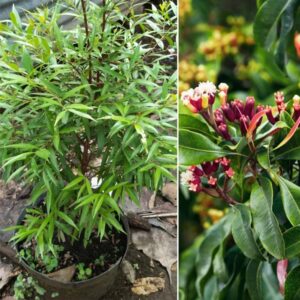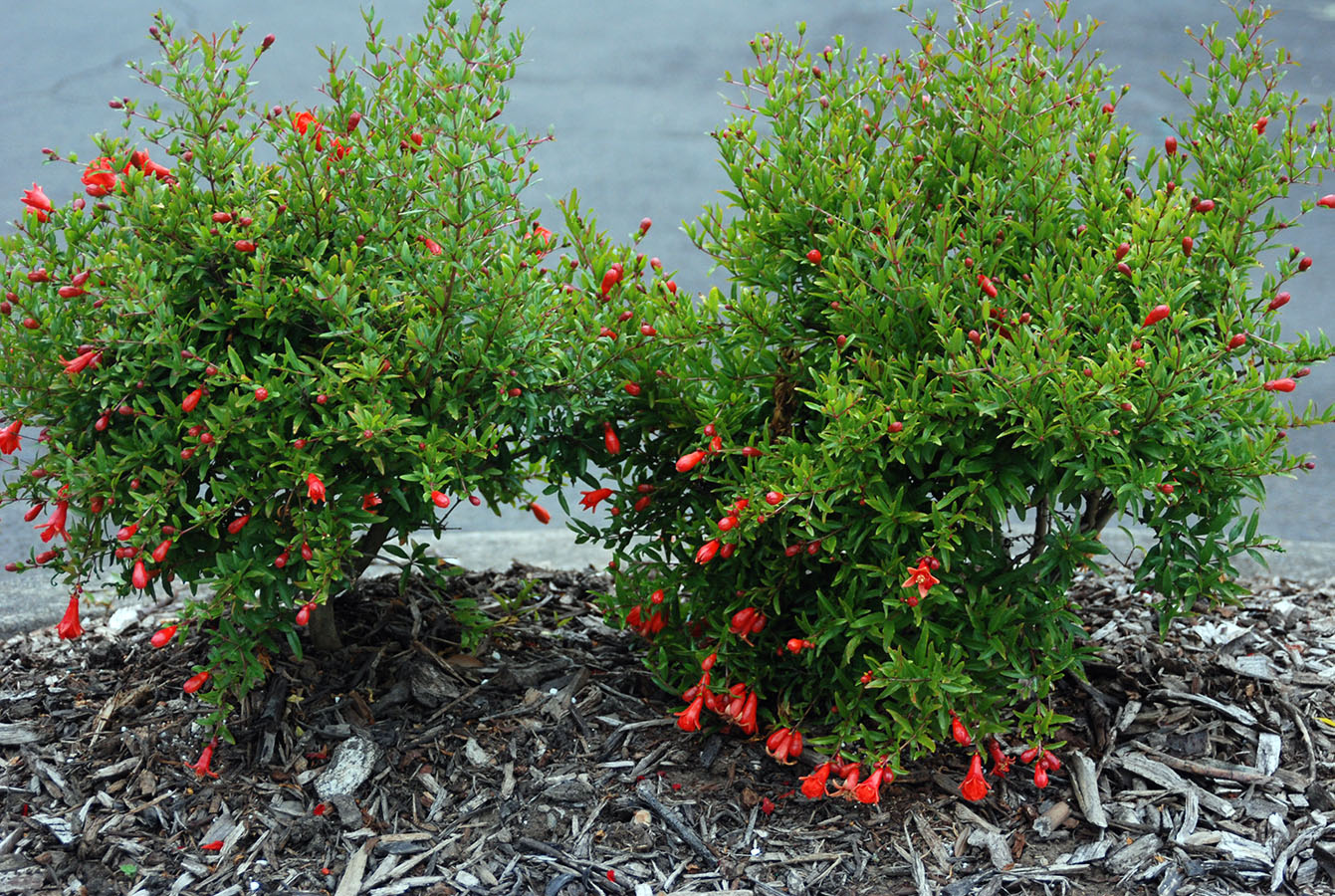Pomegranate (Punica granatum)
Original price was: ₹299.00.₹249.00Current price is: ₹249.00.
OVERVIEW
Pomegranate (Punica granatum) – A Comprehensive Guide
Local Indian Name: Anar (अनार)
Scientific Name: Punica granatum
Family: Lythraceae
Category and Subcategory: Fruit-bearing deciduous shrub/small tree
Native Region: Iran, India, and the Mediterranean region
Introduction
Pomegranate (Punica granatum) is a popular fruit-bearing shrub or small tree cultivated for its nutrient-rich, antioxidant-packed fruits. It has been grown in India for centuries and is highly valued in Ayurveda and traditional medicine. The fruit is used fresh, in juices, or for medicinal and cosmetic purposes.
Importance & Benefits
Nutritional & Health Benefits:
-
Rich in antioxidants, vitamins (C, K), and fiber.
-
Supports heart health and improves digestion.
-
Known for its anti-inflammatory and anti-cancer properties.
-
Helps in managing blood pressure and diabetes.
Economic Importance:
-
A high-value fruit crop with domestic and export demand.
-
Used in pharmaceuticals, cosmetics, and juice processing industries.
-
Drought-resistant and suitable for semi-arid regions.
Description and Cultivation
Pomegranate is a multi-branched, deciduous shrub or small tree growing 3-5 meters tall. It has glossy, narrow leaves and bright red or orange funnel-shaped flowers. The fruit is a round berry with a leathery rind, containing numerous edible juicy arils (seeds).
Varieties and Cultivars
-
Bhagwa – Most popular in India, deep red arils, high yield.
-
Ganesh – Large, soft-seeded, and sweet.
-
Arakta – Deep red arils, medium size, and disease-resistant.
-
Kandhari – Large fruit, slightly sour taste.
-
Wonderful – Globally popular, bright red fruit, high in juice content.
Location and Light
-
Requires full sunlight (at least 6-8 hours daily).
-
Suitable for semi-arid, tropical, and subtropical regions.
-
Can be grown in gardens, farms, or large pots.
Soil Preparation
-
Prefers well-drained sandy loam or light clay soil.
-
Ideal pH range: 6.0-7.5.
-
Enrich soil with organic manure, compost, and well-rotted cow dung.
Planting
-
Best Season: Monsoon (June-August) or early winter (October-November).
-
Spacing: 4-5 meters apart.
-
Method:
-
Can be propagated via seeds, cuttings, or air layering.
-
Ensure proper drainage and aeration in the planting area.
Watering
-
Regular watering is essential, especially during flowering and fruit development.
-
Water deeply once a week in dry conditions.
-
Avoid water stagnation to prevent root rot.
Pruning
-
Prune dead, diseased, or weak branches after fruiting season.
-
Helps maintain shape, air circulation, and fruit production.
-
Remove suckers from the base to encourage healthy growth.
Pest and Disease Management
Common Pests:
-
Pomegranate butterfly (Anar butterfly)
-
Aphids
-
Mealybugs
Common Diseases:
-
Bacterial blight
-
Fruit rot
-
Leaf spot
Control Measures:
-
Spray neem oil or organic insecticides to control pests.
-
Use copper-based fungicides for bacterial diseases.
-
Maintain proper field hygiene and air circulation.
Environmental Conditions
-
Temperature: Thrives between 25°C - 35°C, tolerates drought conditions.
-
Humidity: Prefers moderate humidity levels.
-
Rainfall: Grows well in areas receiving 500-800 mm rainfall per year.
Propagation
-
Cuttings: Most common method; hardwood cuttings of 20-30 cm length are used.
-
Seeds: Not commonly used for commercial cultivation.
-
Air Layering: Helps develop strong-rooted saplings.
Uses
-
Fruit Consumption: Eaten fresh, in salads, or as juice.
-
Medicinal Uses: Used in Ayurveda for treating digestive issues and skin disorders.
-
Cosmetic Industry: Extracts used in anti-aging and skincare products.
-
Food Processing: Used in jams, jellies, syrups, and desserts.
-
Agricultural Benefits: Used as hedge plants due to their drought tolerance.
Monetary Benefits
-
Pomegranate farming is highly profitable due to domestic and export demand.
-
The fruit sells for ₹100-₹300 per kg, depending on quality.
-
Value-added products like juice, powder, and extracts fetch higher prices.
-
Nursery business for pomegranate saplings offers additional income.
References
RELATED PRODUCTS
REVIEWS

 Clove (Syzygium aromaticum)
Clove (Syzygium aromaticum) 



Reviews
There are no reviews yet.